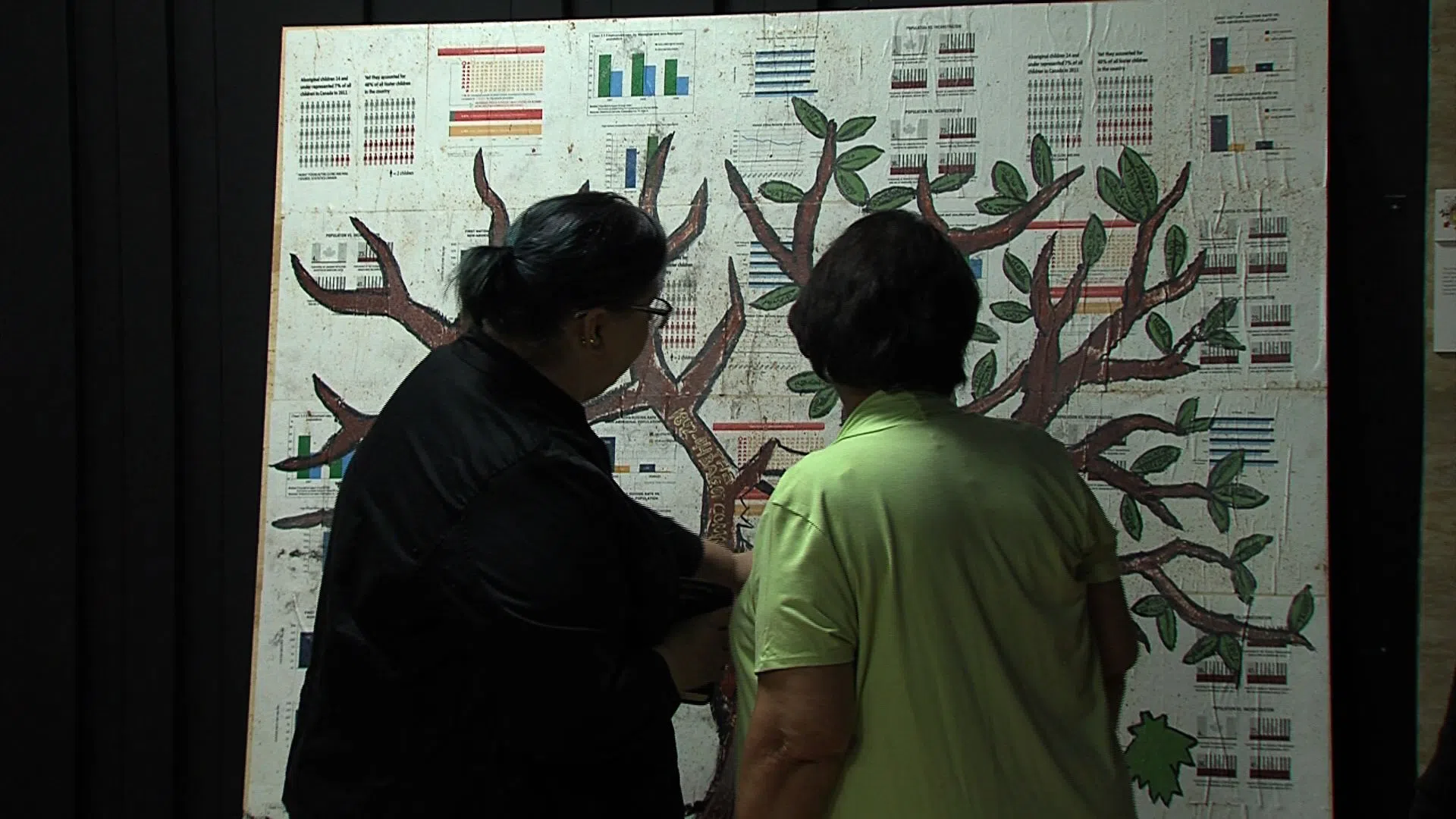
Kamloops Indigenous students tackle media literacy
KAMLOOPS — The role of the media in the modern world is ever evolving. With more and more information being created and consumed every day, it’s important for students to understand where they can turn to for reliable information, and what information is important. Indigenous students at the Four Directions School at TREC just completed a course which focused on teaching media literacy, and in doing so, got the opportunity to focus on a topic they felt needed more attention in the media landscape.
Every day, humans create 2.5 quintillion bytes of data; enough information to fill 10 million Blu-ray discs. So how are we supposed to understand what information is useful, and what information we can disregard?
“What we’re seeing, because of being in the 21st century… and the fast pace of media and how much that consumes our lives, it’s important that media literacy education be available,” UVic PhD student Alexis Brown explained.


